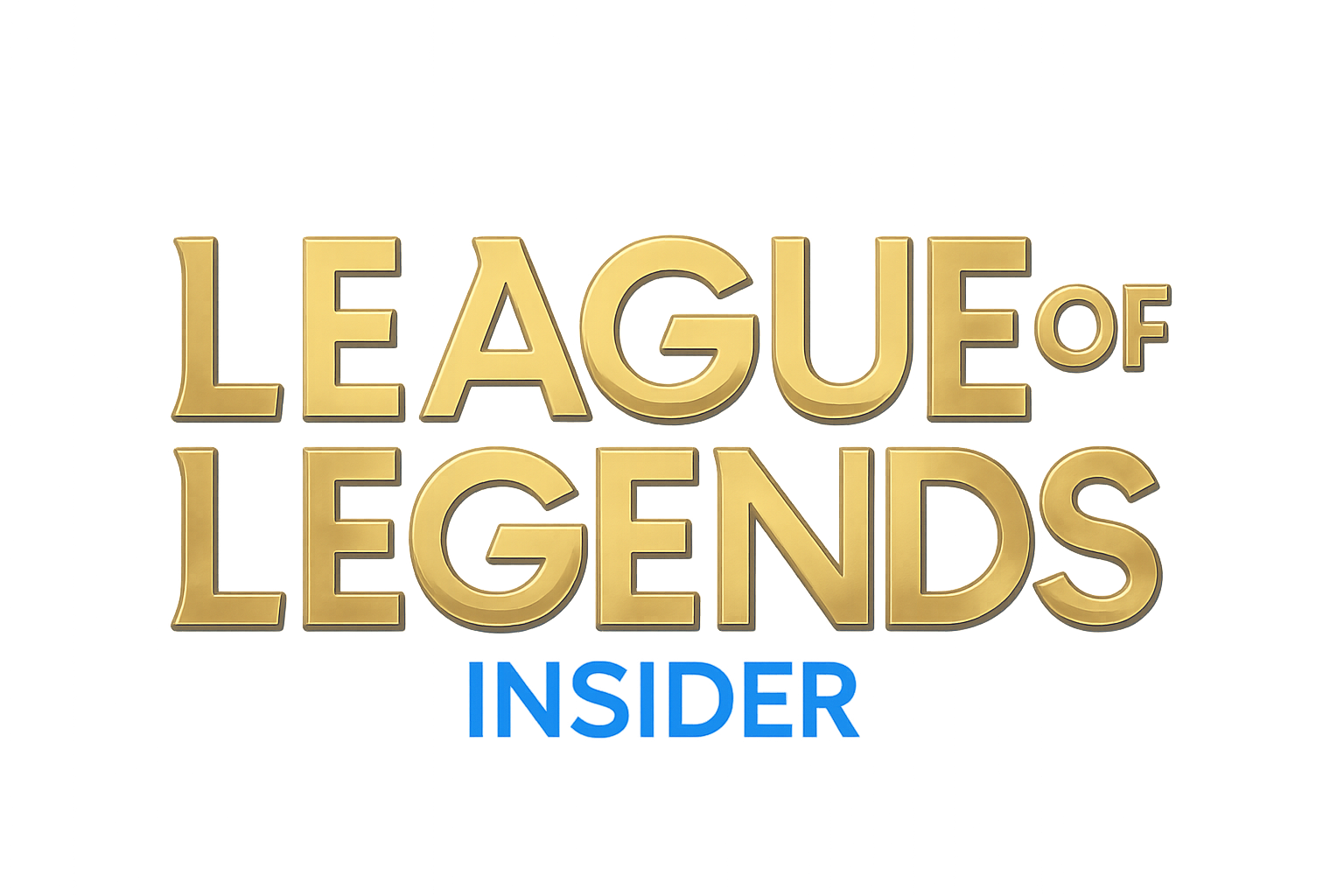Wave management is one of the most powerful yet overlooked skills in League of Legends. If you’ve ever wondered why professional players can dominate lanes without flashy plays, the answer often lies in how they control minion waves. This Wave Management Guide: Freeze, Slow Push, Fast Push will break down every concept you need to know to master the art of minion control.
Whether you’re stuck in Silver, climbing through Platinum, or even preparing for high-elo competitive play, understanding when to freeze, when to slow push, and when to fast push can change your entire game. In this comprehensive guide, we’ll cover not just the mechanics, but also the strategy, psychology, and macro advantages behind each technique.
Table of Contents
- What Is Wave Management and Why It Matters
- The Fundamentals of Minion Behavior
- Minion Aggro and Targeting
- Spawn Timings and Scaling
- Wave Equilibrium
- Wave Management Guide: Freeze, Slow Push, Fast Push
- The Freeze
- The Slow Push
- The Fast Push
- When to Use Each Technique
- Early Game Strategy
- Mid-Game Decision Making
- Late Game Wave Control
- Advanced Wave Concepts
- Bouncing Waves
- Cheater Recall with Wave Control
- Creating Pressure Across the Map
- Role-Specific Wave Management
- Top Lane
- Mid Lane
- Bot Lane (ADC + Support)
- Jungle’s Role in Wave Control
- Common Mistakes Players Make
- How Wave Management Impacts Ranked Climb
- Pro Examples: How the Best Players Use Wave Control
- Practical Tips and Drills to Improve
- Conclusion
1. What Is Wave Management and Why It Matters
At its core, wave management is about controlling where and when minion waves meet. Proper control creates opportunities for safety, aggression, or objective plays.
Bad players let the wave push naturally. Good players decide whether the wave freezes near their tower, slowly pushes to the enemy, or crashes fast for a reset.
Why does this matter? Because:
- It gives you lane priority (freedom to roam or secure vision).
- It denies enemy gold and XP.
- It creates safe zones against ganks.
- It controls tempo for recalls, objectives, and fights.
Without wave management, you’re essentially playing League on “easy mode,” giving opponents free control. With it, you dictate the pace of the lane — and often the entire game.
2. The Fundamentals of Minion Behavior
Before diving into freezing, slow pushing, and fast pushing, you need to understand minion mechanics.
Minion Aggro and Targeting
- Minions focus enemy minions first.
- They aggro enemy champions if attacked by you within their vision.
- Smart manipulation of aggro helps set up freezes and pushes.
Spawn Timings and Scaling
- Waves spawn every 30 seconds, starting at 1:05.
- At 14:00, cannon minions spawn more frequently.
- At 20:00, super minions spawn when inhibitors fall.
Wave Equilibrium
- Waves naturally meet in the middle of the lane.
- If you kill enemy minions faster, your wave pushes.
- If the enemy kills your wave faster, theirs pushes.
Knowing this balance is the foundation of wave management.
3. Wave Management Guide: Freeze, Slow Push, Fast Push
The Freeze
Definition: Holding the wave in a fixed position, usually near your tower but outside turret range.
How to Freeze:
- Keep 3–4 enemy caster minions alive.
- Last-hit only at the last second.
- Tank minion aggro if needed to maintain position.
Advantages:
- Denies enemy CS and XP.
- Keeps you safe from ganks.
- Sets up for jungle ganks on your opponent.
When to Freeze:
- You’re ahead and want to starve your opponent.
- You’re behind and need a safe zone to farm.
- You’re waiting for your jungler to gank.
The Slow Push
Definition: Building up a large wave that slowly advances toward the enemy tower.
How to Slow Push:
- Last-hit only, avoid AOE damage.
- Kill the backline casters slowly.
- Allow multiple waves to stack.
Advantages:
- Creates a massive wave that’s hard to clear.
- Sets up for dives with your jungler.
- Forces enemy to respond, giving you roam opportunities.
When to Slow Push:
- Before recalling to make enemy lose more minions.
- To set up for an objective like Dragon or Rift Herald.
- To create pressure on one side while your team plays the other.
The Fast Push
Definition: Clearing minions quickly so the wave crashes under enemy turret.
How to Fast Push:
- Use all your abilities and auto-attacks.
- Clear backline casters ASAP.
Advantages:
- Resets the lane to neutral.
- Gives you time to recall safely.
- Prevents enemy from freezing against you.
When to Fast Push:
- Before recalling to reset.
- To deny enemy the chance to build a freeze.
- When you need lane priority for objectives.
4. When to Use Each Technique
Wave management isn’t just about knowing the moves — it’s about timing.
Early Game
- Freeze when weak or when you need safety.
- Slow push when setting up a recall or jungle dive.
- Fast push when resetting lane state or contesting Scuttle Crab.
Mid-Game
- Use slow push to create pressure and rotate.
- Fast push for quick objective setups.
- Freeze is less common but useful for side-lane control.
Late Game
- Slow pushes become win conditions (super wave pressure).
- Fast pushes enable quick tempo plays.
- Freezes are rare but can stall an enemy carry farming side lane.
5. Advanced Wave Concepts
Bouncing Waves
- Fast push into enemy turret before recalling.
- Enemy tower clears the wave.
- Next wave bounces back to you → safe farm.
Cheater Recall
- Execute a perfect 3rd-wave push.
- Recall with no CS loss.
- Return to lane with an item advantage.
Creating Pressure Across the Map
- Sync side lane slow pushes with objectives.
- Force enemies to choose: defend tower or contest Baron.
6. Role-Specific Wave Management
Top Lane
- Heavy freezing punish melee bruisers.
- Slow push sets up Herald control.
Mid Lane
- Fast push crucial for roams.
- Freezing mid denies assassins farm.
Bot Lane
- ADCs use slow pushes to crash big waves.
- Supports manipulate waves for 2v2 advantage.
Jungle
- Helping push after ganks ensures successful recall or objective setup.
7. Common Mistakes Players Make
- Breaking your own freeze accidentally.
- Slow pushing when enemy has strong waveclear.
- Fast pushing without vision, getting ganked.
- Ignoring wave states while chasing kills.
8. How Wave Management Impacts Ranked Climb
Players who master wave control win without needing kills. You’ll:
- Get more CS leads.
- Control objectives with better tempo.
- Deny enemies scaling.
Wave management is the hidden MMR booster that separates Gold from Diamond.
9. Pro Examples: How the Best Players Use Wave Control
- Faker (Mid Lane): Fast pushes to roam bot.
- TheShy (Top Lane): Freezes to zone enemies from CS.
- Uzi (ADC): Perfect slow pushes into tower crashes.
Watching pro play shows that wave management isn’t optional — it’s mandatory.
10. Practical Tips and Drills to Improve
- Practice Freezing: Hold 3 caster minions alive and farm under tower.
- Slow Push Training: Stack waves and crash them intentionally.
- Recall Timer Drill: Learn to fast push before safe recalls.
- Replay Review: Track how you lost wave control and fix it.
11. Conclusion
This Wave Management Guide: Freeze, Slow Push, Fast Push has shown you that mastering minion waves is about more than last-hitting. It’s about dictating the entire pace of the game. Whether you’re freezing to deny, slow pushing to pressure, or fast pushing to reset, wave control is the difference between a random climb and a calculated rise to higher ranks.
Remember: kills are flashy, but wave management wins games.







